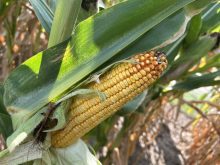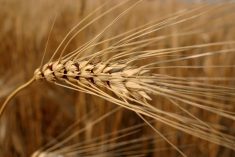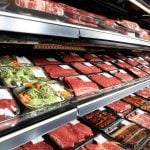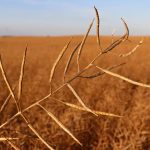On the surface, it appears the barley market can be summed up by one word: down.
Planted acres in Canada, according to Statistics Canada, are expected to be down 14 percent. The number of cattle on feed in Alberta and Saskatchewan is down 13 percent, according to Canfax, and hog numbers are dropping, which means demand for barley is down.
Despite the downward trend on the supply and demand sides, there is good news around the corner for barley, said a market analyst.
“I know a lot of these feedlots are a half to three-quarters full, but … the meat protein market, both on hogs and cattle, is going to start to increase,” said Errol Anderson of Pro Market Communications.
Read Also
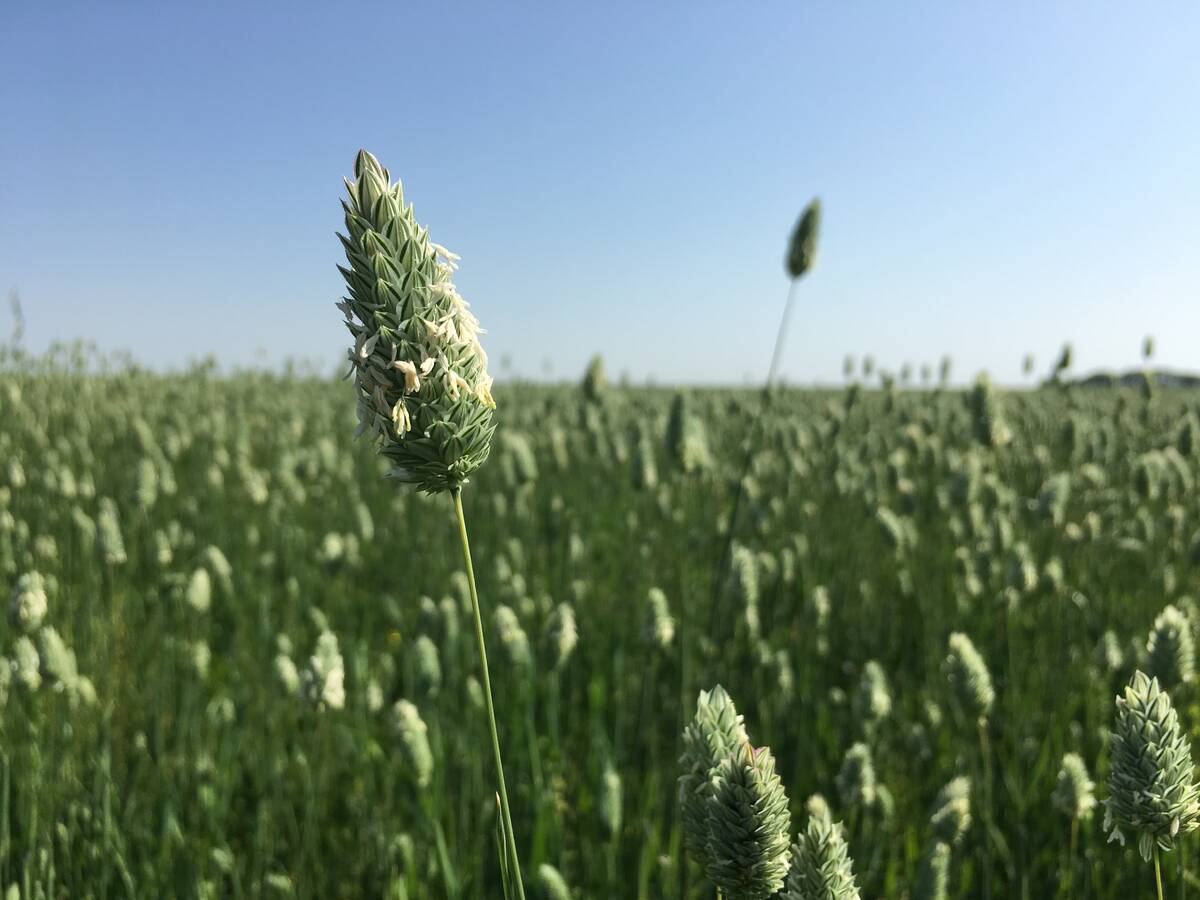
No special crop fireworks expected
farmers should not expect fireworks in the special crops market due to ample supplies.
Anderson said exports should pull cattle and hog prices higher, which in turn will drag barley upward.
“The feedlot price for 48 pound barley in southern Alberta could move into $5.50, towards $6 per bushel.”
Barley was selling for $5.20 per bu. in Alberta earlier this week, said Anderson.
Increased demand for barley, and all feed, is based on a surge in demand for meat, Anderson said.
“There is a protein glut in North America, but there isn’t in Asia and there isn’t in Europe. And with the U.S. dollar being so low, it’s going to encourage exports.”
Which means that once it becomes profitable to feed animals, Canadian feedlots should begin to fill up.
“The fat cattle prices in Alberta are now above 90 cents per lb. Some of these guys (feedlot operators) are starting to get pretty close to break even, which is something we haven’t heard of in a long, long time,” Anderson said.
As of April 1, Canfax reported that 890,475 cattle were on feed in Saskatchewan and Alberta, compared to 1,027,041 at the same time in 2007.
Doug Chambers of Quality Grain Marketing concurs that feeding cattle could soon become profitable, although he’s not as enthusiastic as Anderson.
“Obviously the feeding industry is losing money in a big way,” said Chambers, a feed grain broker based in Calgary. He doesn’t expect it to become profitable until this fall, when he expects the right price combination will emerge for feed, feeder cattle and fat cattle.
He said it will be important to watch prices for fat cattle on the Kansas market.
“If you see that one climbing, there’s money to be made again.”
Agriculture Canada does not have the same confidence that barley demand is about to mushroom. In its Grains and Oilseeds Outlook, released April 25, the department predicted that domestic use of barley would drop two percent and the off-board price would increase slightly.
Agriculture Canada could not provide a market analyst to comment on its outlook.
The CWB Pool Return Outlook for feed barley in April was $235 per tonne ($5.10 per bu.) at port.




